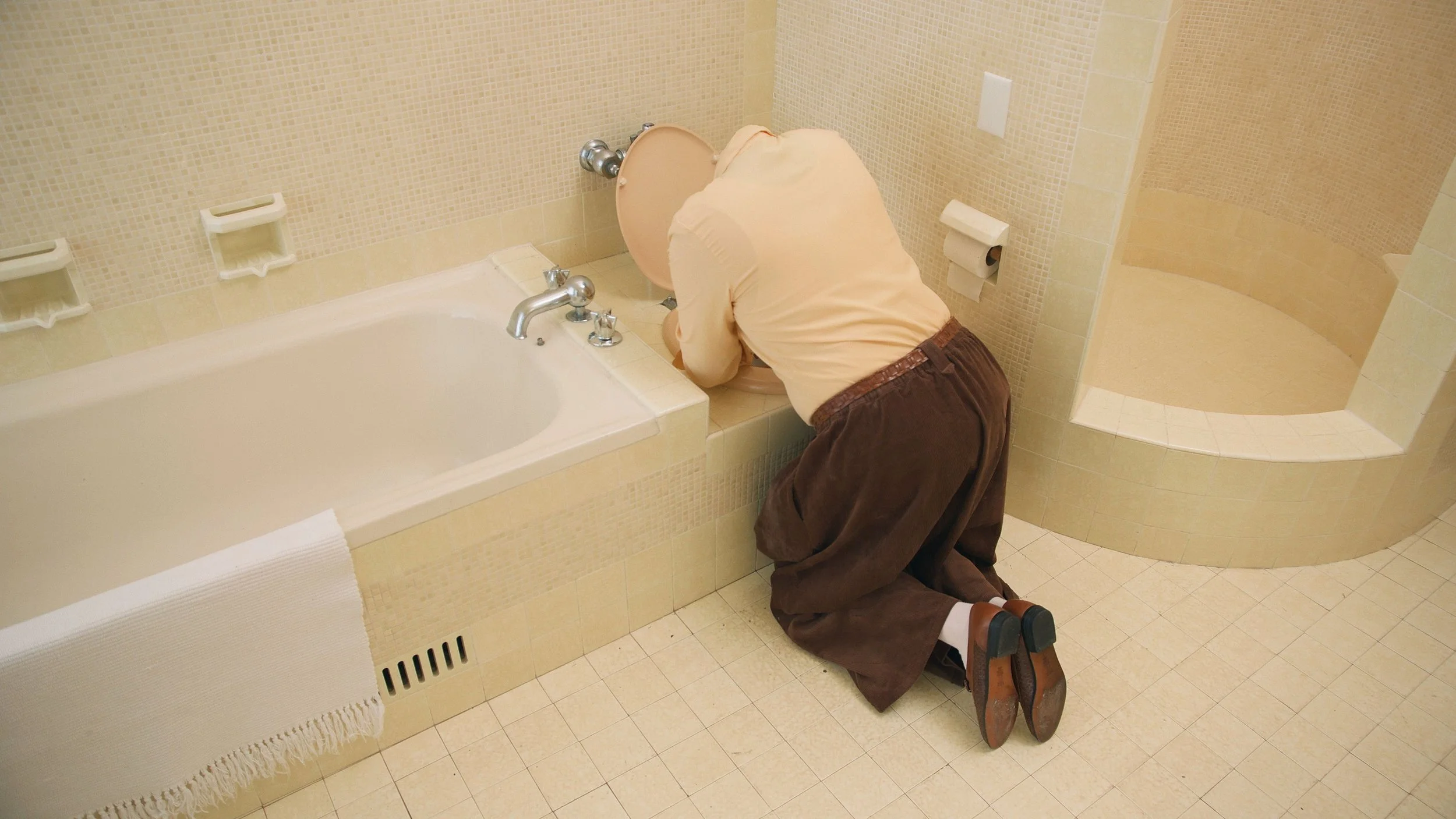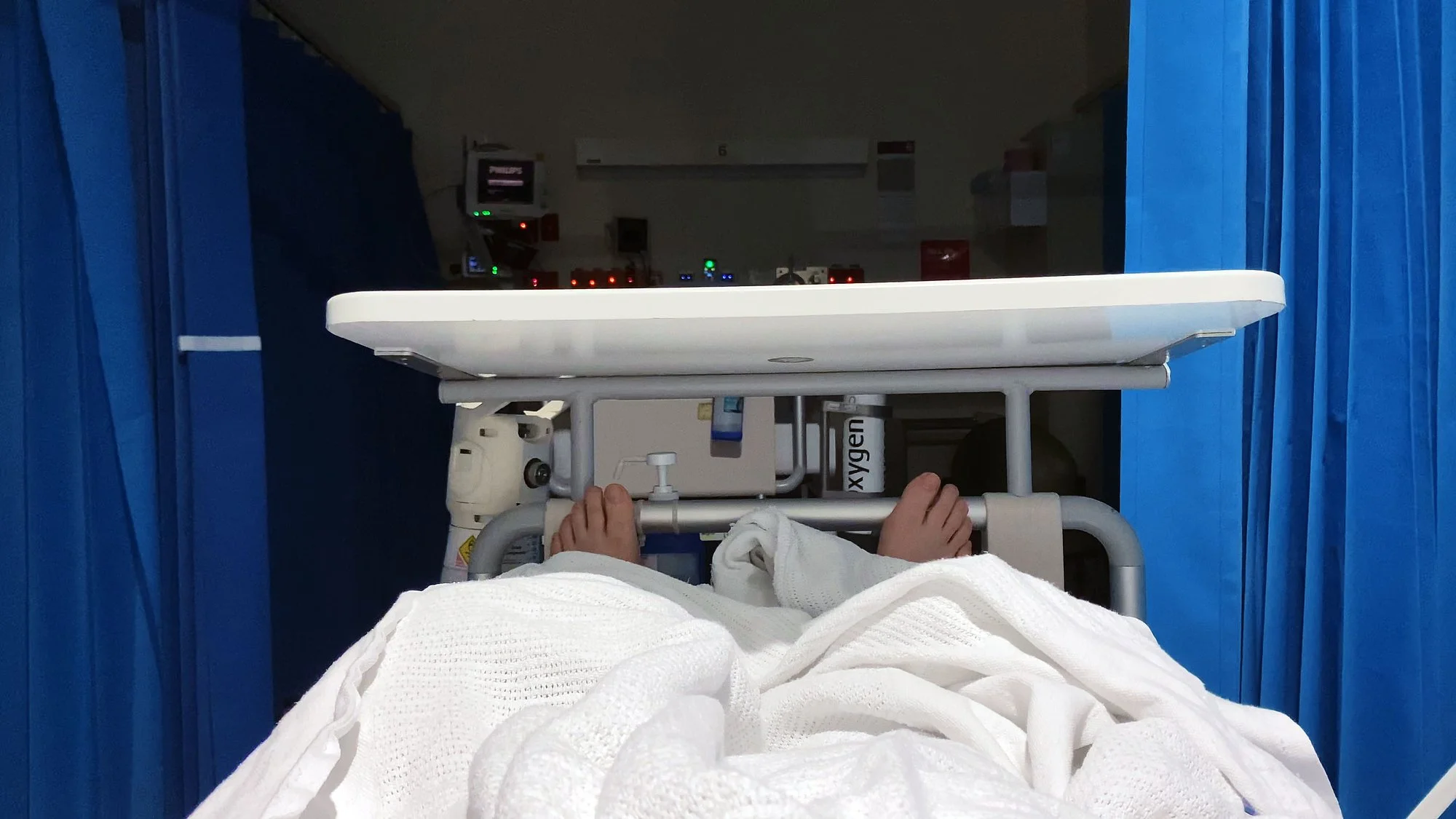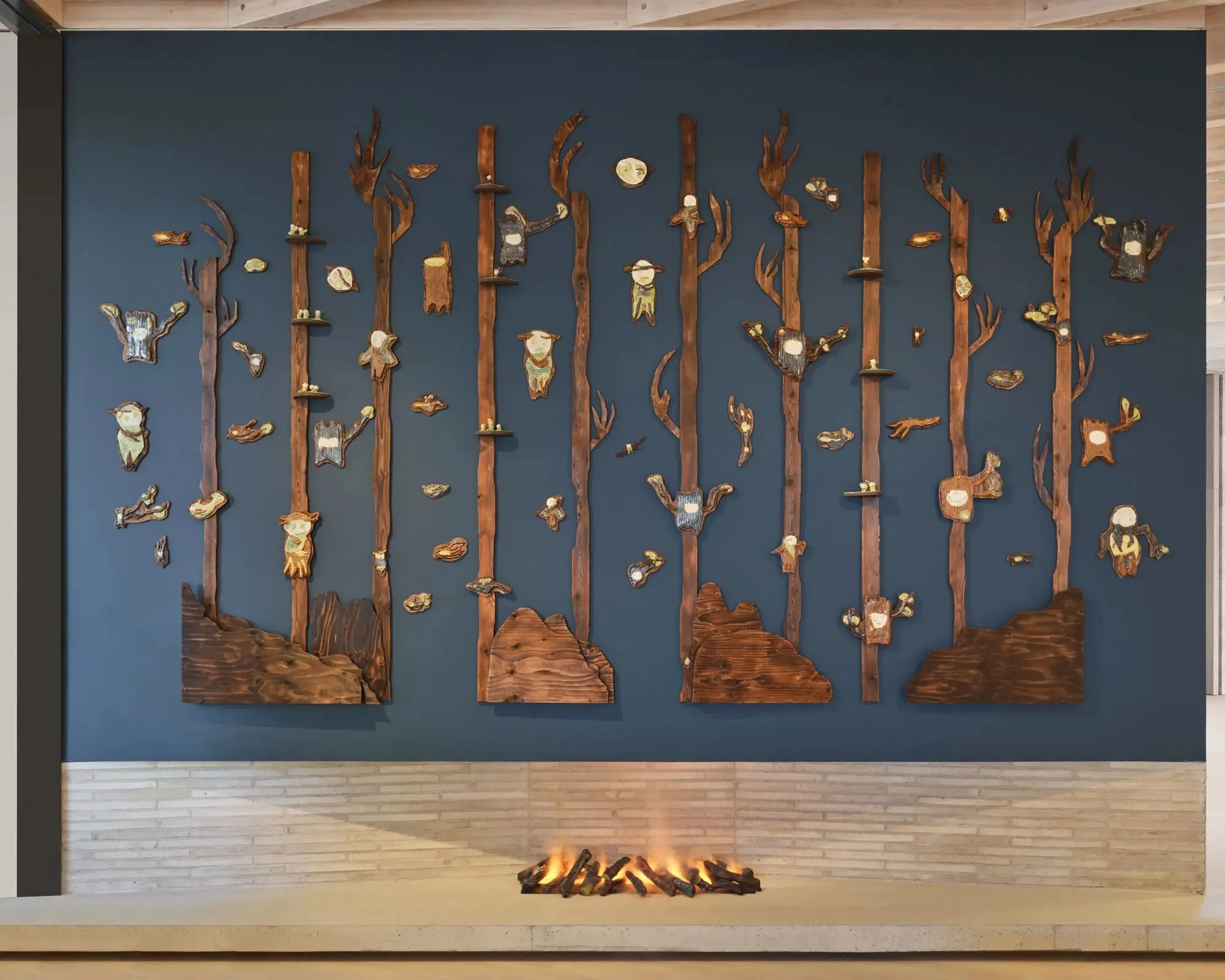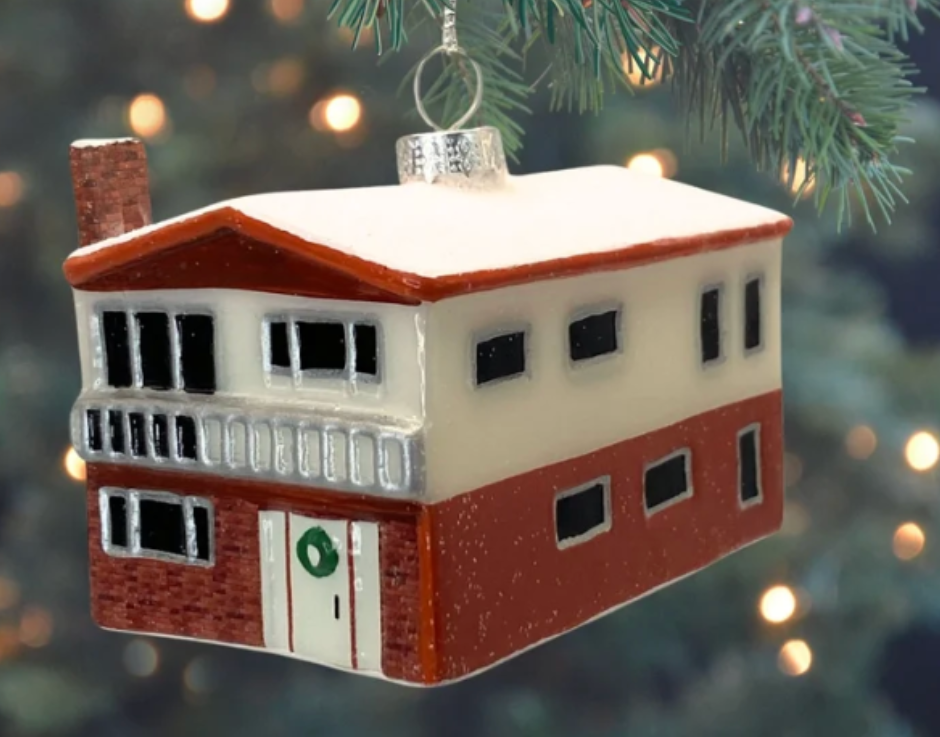Archie Barry channels testimony and trans history in Western Front exhibition
In their exhibition Try Keeping an Open Channel, the Melbourne-based artist explores selfhood, mortality, and the monumental significance of the everyday
Archie Barry, Second Line Work (2025), video still. Courtesy of the artist
Try Keeping an Open Channel is at Western Front to November 22
ON EXHIBIT AT Western Front, Try Keeping an Open Channel is Melbourne-based visual artist Archie Barry’s first solo exhibition in Canada. The collection blends art with testimony through three video works and an artist book, and offers a spacious yet visceral meditation on the transient nature of being human.
The exhibition program notes: “The ‘channel’ of the title conjures multiple forms: a video signal, a waterway, a dream, or an altered state of consciousness.” Using a combination of performance, video, text, and sound, Barry’s interdisciplinary eye allows both psychedelic deconstructive inquiries and humanist, slice-of-life moments of reflection.
Visitors are greeted by the exhibition’s first video work, Second Line Work. The title refers to the central practice in the School of Practical Philosophy, described in the exhibition program as a “cleaning practice framed as service to the community and a means of connecting with the divine”. Drawing on their childhood spent in this environment, Barry juxtaposes rhythmic repetition with sublime, uncanny imagery, hinting at the entropy brewing underneath a world of structure and polarity.
Barry’s work is partially fuelled by its scenic depictions of Australia, making use of settings such as Sydney’s Art Deco mansion Mahratta, and the expansive waters of Cape Bridgewater. Second Line Work and Water Builds Bridges, both sourced from Barry’s most autobiographical materials, blur the perceptions between the material and monumental with the metaphysical and mundane. This is particularly felt in Second Line Work, where a wall-mounted monitor presents a hypnotic montage of images. Architectural and natural settings flash against digitally altered scenes of everyday tasks, such as cleaning, walking, and brushing, folding the philosophy of Barry's upbringing into the familiar. Through this lens, it is interesting to interrogate art-making as a form of second-line work, and if so, the different ways it can be “assigned with both practical and punitive intentions.”
Arguably, Dream for Reed works as the centrepiece of the exhibition, both as a thematic presentation of trans history and as a collaborative effort of Barry and the exhibition team. As visitors cross into the room, the distinct pastel-green walls (Severance, anyone?) create a portal that pulls our focus toward the artwork. The central video work stands between two dark archways, and highlights American trans philanthropist Reed Erickson, a pioneering early patron and benefactor of trans and gender-nonconforming medical research. The program shares some of Erickson’s important contributions to the trans community between the 1960s and 1980s, including the founding of the Erickson Education Foundation (EEF), which produced newsletters connecting trans people across the United States to crucial support services.
Barry taps into Erickson’s relationship with New Age spiritual practices, and EEF’s archives, to create Dream for Reed, describing the piece as a “portal into Erickson’s inner life”. As an expression of Erickson’s ketamine-induced experiments and revelations, the multisensory nature of the space creates a visceral but tender environment, one that relies on sensitivity rather than violence. Audiophiles have the option of wearing one of two headphones in the space, where sounds and vocalizations are more intimate than ever. Looking at the room’s construction and design elements, it is not simply Barry’s dive into Erickson’s cosmos that is being experienced, but the artistic and technical support of the project team, including curator Susan Gibb (who is also executive director of Western Front), assistant curator Kiel Torres, designer Line-Gry Hørup, and technicians Devin Chambers and Ben Wilson.
Archie Barry, Water Builds Bridges (2025), video still. Courtesy of the artist.
As noted in the title Water Builds Bridges, Barry’s writing featured in the installation and its accompanying artist book reflects both urgency and fluidity, bleeding its timeless explorations of selfhood, mortality, and connection into our collective memory of recent years. Situated as the final piece in a black-box room, an expertly designed projection is tilted down toward two marine-themed body cushions, sharing excerpts of Barry’s semi-autobiographical reflections against a collection of quiet, haunting images. By offering the artist book as a keepsake, the exhibition extends beyond the physical space, giving time and space for our collective trauma and communal healing. Nevertheless, it’s worth reading Barry’s text in full, in the exhibition, to fully experience Try Keeping an Open Channel.
Trans identity and transcendence emerge in the foreground of the exhibition through Barry’s deployment of the body, deconstructing and situating its form beyond time, corporeality, and perception in the video works. In their video works, a digitally split headless body can be as mundane as breathing, moving, and dying. In the artist book, Barry recounts their isolation during the pandemic and writes, “The silence and scale of my body took on greater significance: Have these shins always been so strong? I can't tell what's big or small anymore.” Barry’s treatment of trans narrative, and their approach to the body with a sort of sacred neutrality, can resonate well beyond the trans and queer communities. There is duality in the existential unease permeating the exhibition that is both archaic and timely. While “post-pandemic art” may already be an exhausted refrain, Barry’s texts open space for this shared experience to be an ongoing healing process, particularly for marginalized voices.
With Try Keeping an Open Channel, the artist succeeds in conjuring a sanctuary for both the universal and the uncomfortable, where visitors are invited to pause and reflect. ![]()














